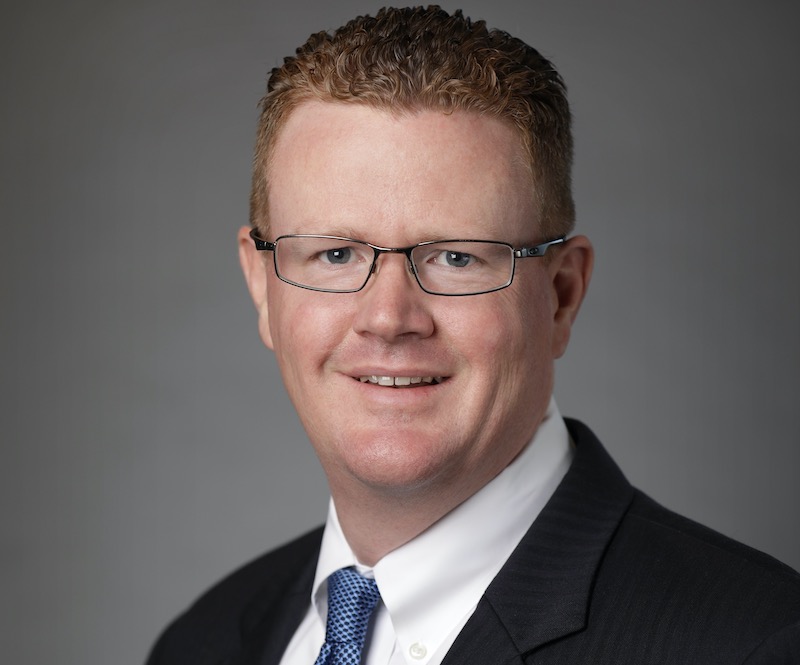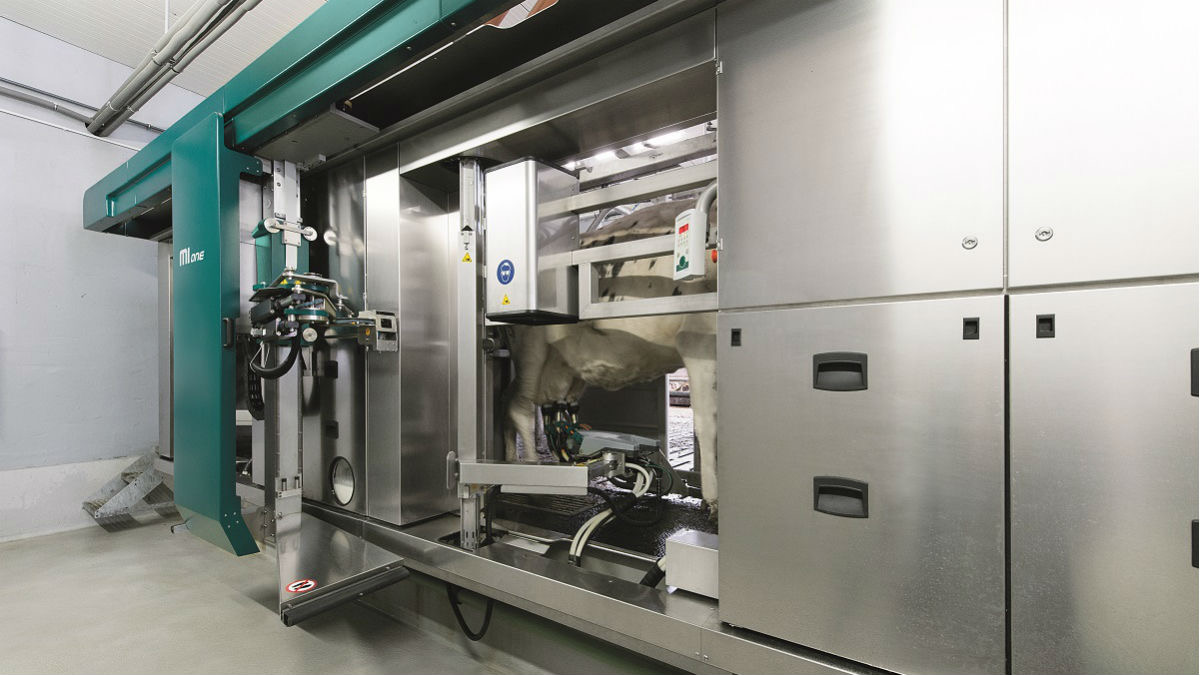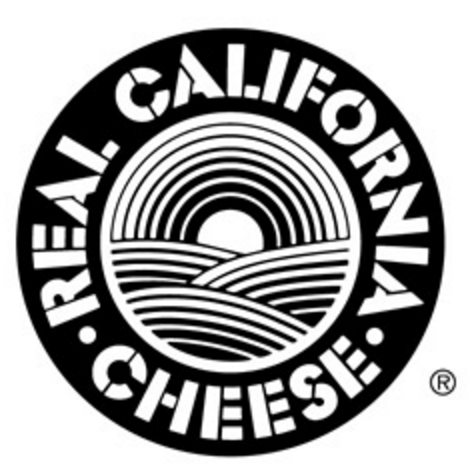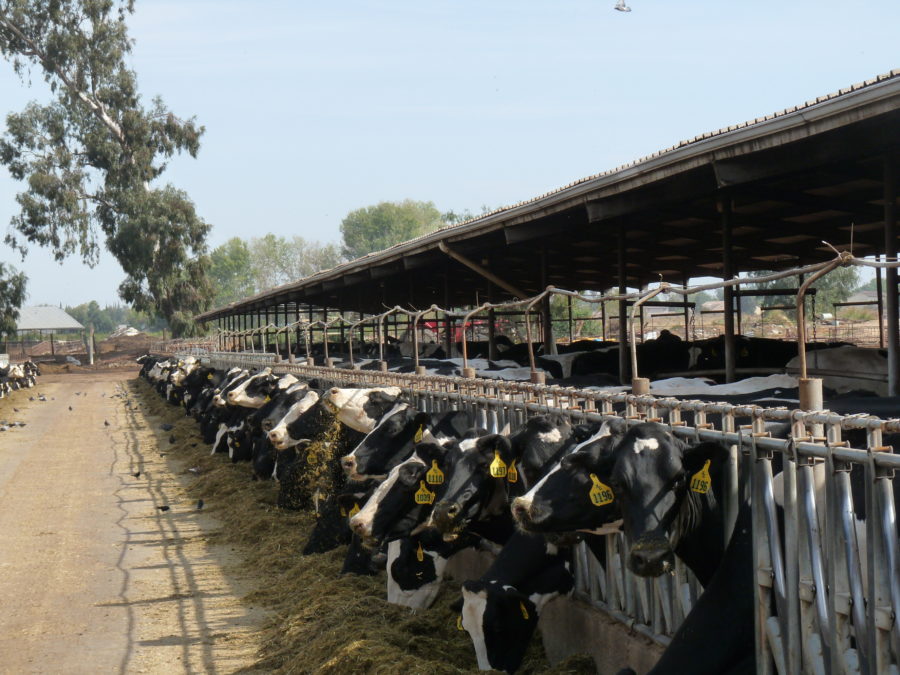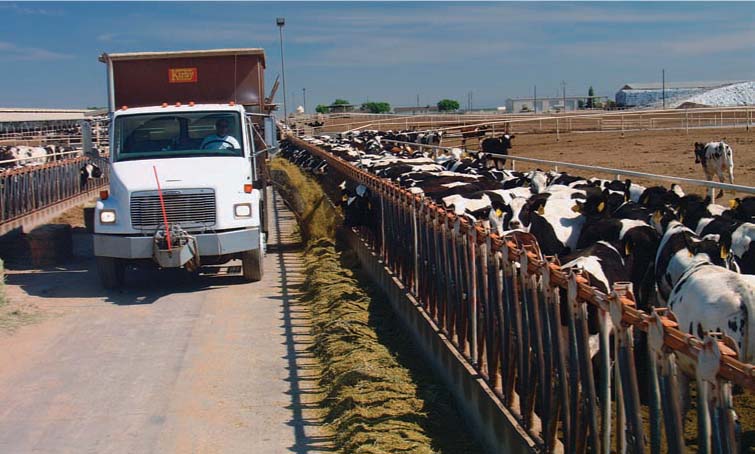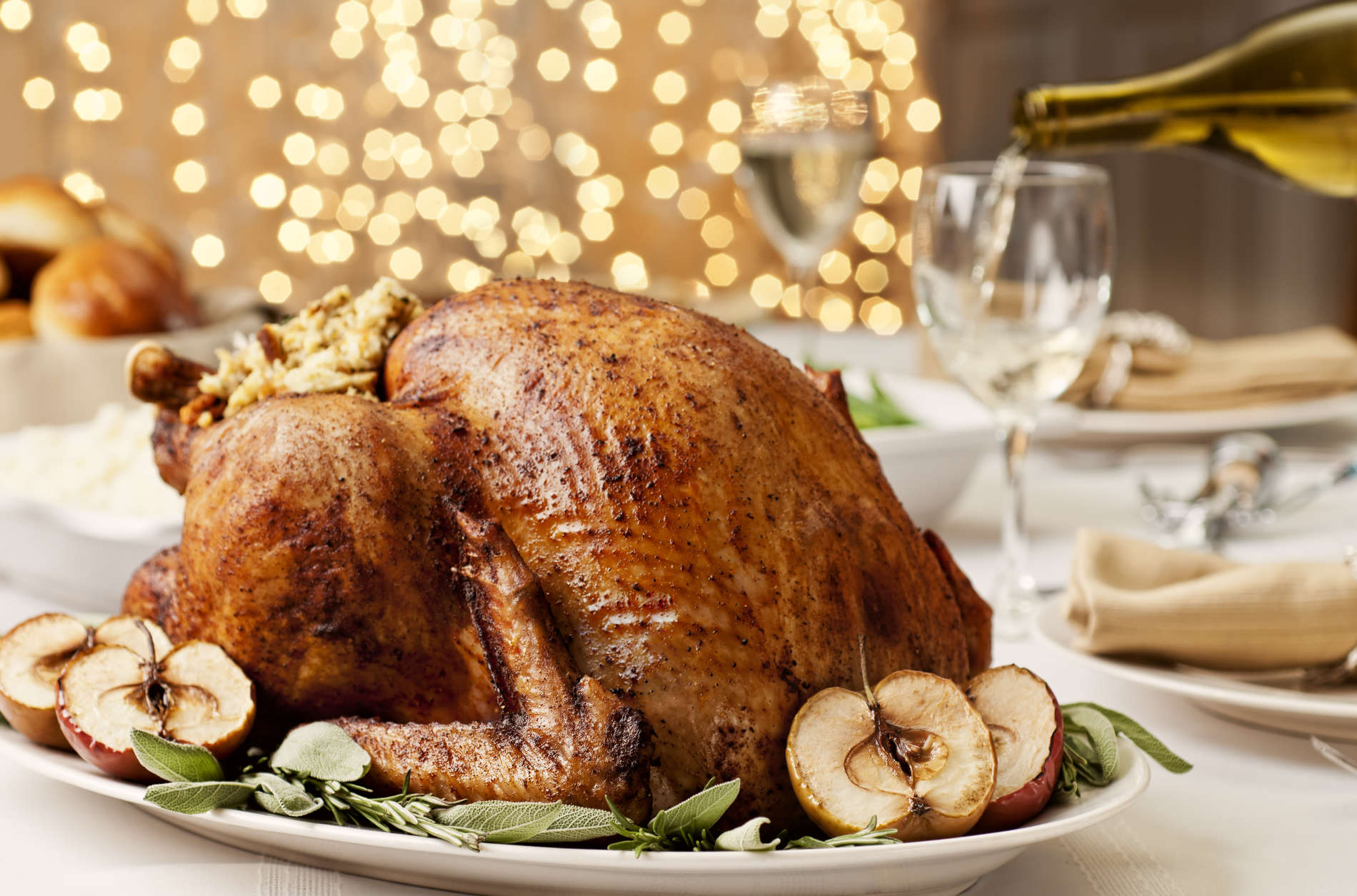Ben Maddox Named Ag and Wine Executive with B of A
Bank of America Names Ben Maddox Western Food, Agriculture and Wine Executive
Bank of America is pleased to announce that Ben Maddox has been named Western Food, Agriculture, and Wine Executive.
Based in Fresno, Maddox and his team will continue to work with local growers, processors, wholesalers, and marketers to provide financing solutions to crop and dairy farmers, cattle ranchers, and feedlots, farm product processors (meat/dairy/produce), grain merchandisers, packaged foods, poultry, pork, and vintners.
Bank of America is one of the largest providers of financial services to the food and agribusiness sectors, with its industry-leading agribusiness group delivering end-to-end banking and finance solutions to agriculture producers and related businesses.
“Ben’s extensive experience providing credit to food and agriculture producers and processers and thorough understanding of the industry dynamics and cycles will position him to lead this critical multi-billion dollar western portfolio ranging from small family farms to global brands into the next decade,” said Kathie Sowa, global banking and markets executive, Central Valley.
Maddox will also continue in his role as Global Commercial Banking Market Manager for the Central Valley, serving companies with annual revenues of $50 million to $2 billion, providing a variety of financial solutions, including treasury, credit, investment banking, risk management, international and wealth management.
With more than 20 years of commercial banking experience, primarily in the Central Valley, Maddox joined Bank of America in 2014. He holds a Bachelor of Science degree in Business Administration with an option in Finance and a minor in Economics from California State University, Fresno, as well as Series 7, 63, and 24 certifications. Previously, Maddox served for 5 years in the U.S. Navy. An active member of the community, Maddox currently serves on the Board of Directors for the Fellowship of Christian Athletes Central Valley Chapter and coaches youth softball and soccer.

